Endoscopic Instruments Are Sterilized By ?
various methods such as chemical sterilization, gas sterilization, and steam sterilization. The most common method used for endoscopic instruments is steam sterilization, also known as autoclaving. This process involves subjecting the instruments to high-pressure steam at a temperature of 121°C for a minimum of 15 minutes. This method is effective in killing all microorganisms, including spores, and is considered the gold standard for sterilization. Chemical sterilization involves the use of liquid or gas chemicals to kill microorganisms, while gas sterilization involves the use of ethylene oxide gas. These methods are typically used for instruments that cannot withstand the high temperatures of steam sterilization. Proper sterilization of endoscopic instruments is crucial to prevent the transmission of infections between patients.
1、 Chemical sterilization
Endoscopic instruments are sterilized by chemical sterilization. This process involves the use of chemicals to kill all microorganisms on the surface of the instruments. Chemical sterilization is a highly effective method of sterilization and is commonly used in healthcare facilities.
The most commonly used chemical sterilization method is the use of ethylene oxide gas. This gas is highly effective in killing all microorganisms, including spores, on the surface of the instruments. Ethylene oxide gas is also able to penetrate small crevices and hard-to-reach areas, making it an ideal method for sterilizing endoscopic instruments.
However, there has been some concern about the safety of ethylene oxide gas. It has been classified as a carcinogen by the International Agency for Research on Cancer (IARC) and the US Environmental Protection Agency (EPA). As a result, healthcare facilities are now exploring alternative methods of chemical sterilization.
One alternative method is the use of hydrogen peroxide gas plasma. This method uses a low-temperature plasma to generate hydrogen peroxide gas, which is then used to sterilize the instruments. This method is highly effective and has been shown to be safe for both patients and healthcare workers.
In conclusion, while chemical sterilization remains the most commonly used method for sterilizing endoscopic instruments, healthcare facilities are exploring alternative methods in light of safety concerns. The use of hydrogen peroxide gas plasma is one such alternative that has shown promise in recent years.
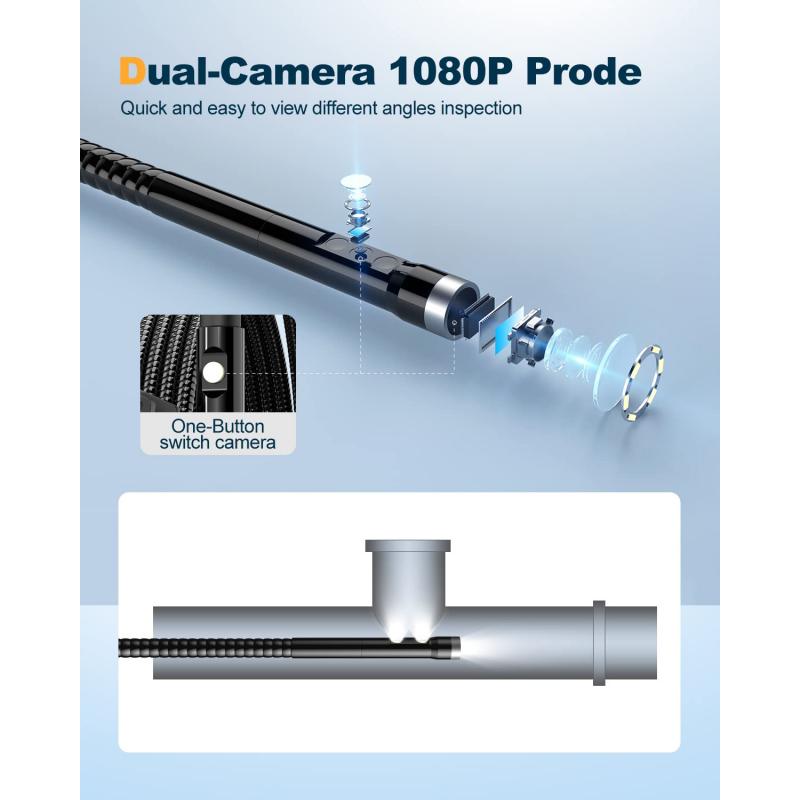
2、 High-level disinfection
Endoscopic instruments are sterilized by high-level disinfection. This process involves the use of chemical agents that are capable of killing all microorganisms, including bacteria, viruses, and fungi. High-level disinfection is a critical step in the cleaning and sterilization of endoscopic instruments, as it helps to prevent the transmission of infectious diseases between patients.
The process of high-level disinfection typically involves several steps, including cleaning, rinsing, and soaking the instruments in a high-level disinfectant solution. The disinfectant solution is then rinsed off, and the instruments are dried and stored in a sterile container until they are ready to be used again.
Recent studies have shown that high-level disinfection is an effective method for sterilizing endoscopic instruments. However, there is still some debate about the best way to achieve high-level disinfection. Some experts recommend using a combination of chemical agents and physical methods, such as steam sterilization or ultraviolet light, to ensure that all microorganisms are killed.
In addition to high-level disinfection, it is also important to follow proper cleaning and sterilization protocols when using endoscopic instruments. This includes using the appropriate cleaning agents, following manufacturer instructions for cleaning and sterilization, and regularly monitoring the effectiveness of the sterilization process.
Overall, high-level disinfection is a critical step in the sterilization of endoscopic instruments. By following proper cleaning and sterilization protocols, healthcare providers can help to ensure the safety and well-being of their patients.
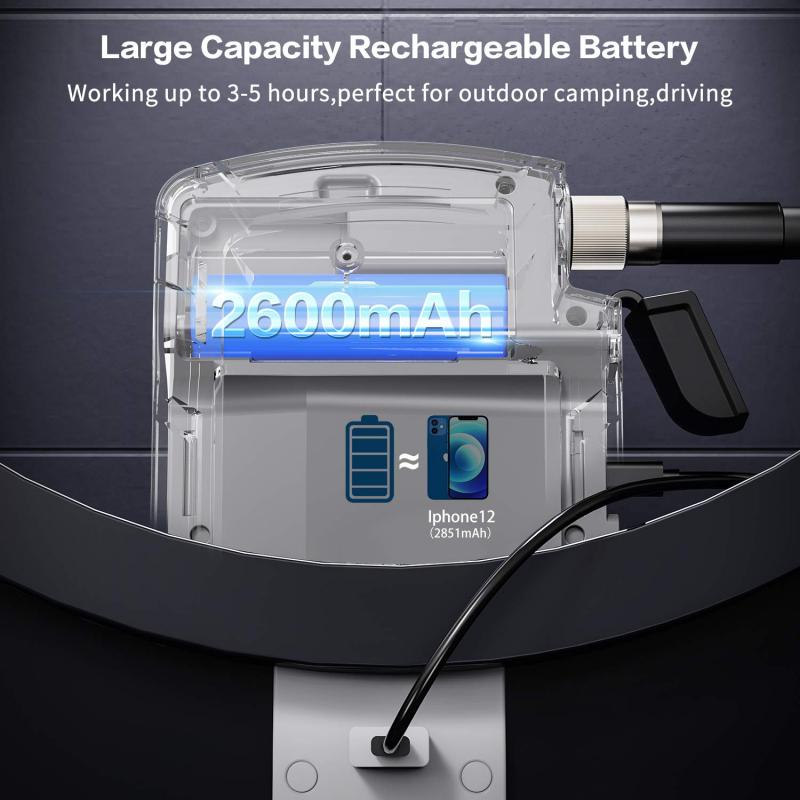
3、 Low-temperature sterilization
Endoscopic instruments are sterilized by low-temperature sterilization methods. These methods are used to sterilize instruments that cannot withstand high temperatures or moisture. Low-temperature sterilization methods include hydrogen peroxide gas plasma, ethylene oxide gas, and ozone gas. These methods are effective in killing microorganisms and are safe for the instruments.
Hydrogen peroxide gas plasma is a low-temperature sterilization method that uses hydrogen peroxide gas to sterilize instruments. The instruments are placed in a chamber and exposed to the gas. The gas is then activated by a plasma field, which breaks down the hydrogen peroxide into water and oxygen. This method is effective in killing microorganisms and is safe for the instruments.
Ethylene oxide gas is another low-temperature sterilization method that is commonly used. This method uses ethylene oxide gas to sterilize instruments. The instruments are placed in a chamber and exposed to the gas. The gas is then activated by heat and humidity, which breaks down the ethylene oxide into a sterilizing agent. This method is effective in killing microorganisms and is safe for the instruments.
Ozone gas is a newer low-temperature sterilization method that is gaining popularity. This method uses ozone gas to sterilize instruments. The instruments are placed in a chamber and exposed to the gas. The gas is then activated by an electrical discharge, which breaks down the oxygen in the air into ozone. This method is effective in killing microorganisms and is safe for the instruments.
In conclusion, low-temperature sterilization methods are effective in sterilizing endoscopic instruments. These methods are safe for the instruments and are commonly used in healthcare facilities. The latest point of view is that ozone gas is a promising low-temperature sterilization method that is gaining popularity.
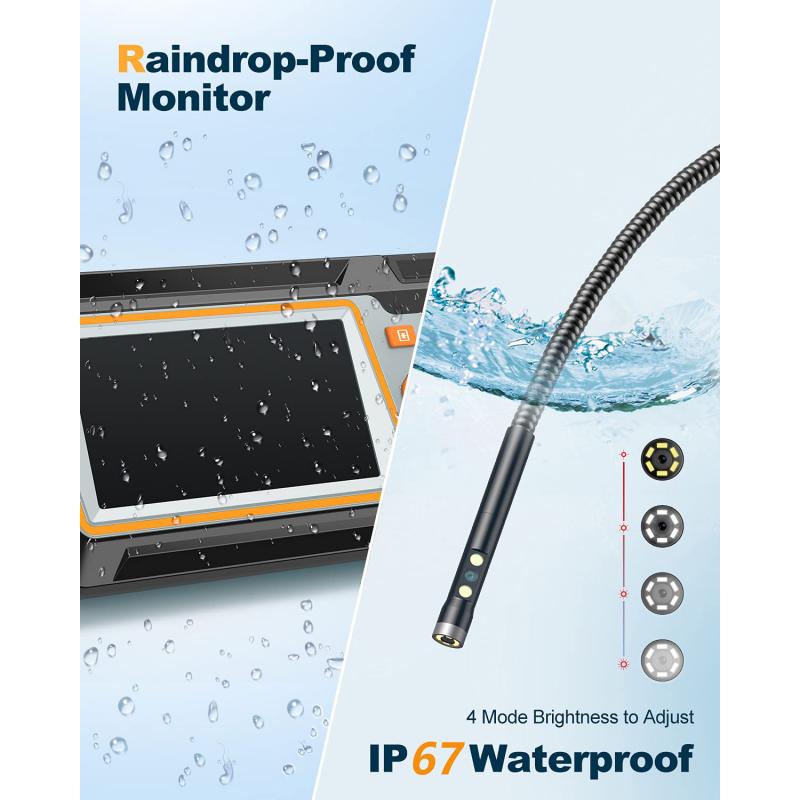
4、 Steam sterilization
Endoscopic instruments are sterilized by steam sterilization. This method is widely used in healthcare facilities to ensure that medical instruments are free from harmful microorganisms that can cause infections. Steam sterilization is a highly effective method of sterilization that uses high-pressure steam to kill bacteria, viruses, and other microorganisms.
The process of steam sterilization involves placing the endoscopic instruments in a sterilization chamber and subjecting them to high-pressure steam for a specific period of time. The steam penetrates the instruments and kills any microorganisms that may be present. This method is effective in sterilizing a wide range of medical instruments, including endoscopes, surgical instruments, and other medical devices.
In recent years, there has been a growing concern about the potential for endoscopic instruments to transmit infections, particularly in the context of outbreaks of antibiotic-resistant bacteria. As a result, there has been increased attention on the importance of proper sterilization techniques for these instruments. While steam sterilization remains the most widely used method for sterilizing endoscopic instruments, there is ongoing research into new and innovative sterilization methods that may be even more effective in preventing infections.
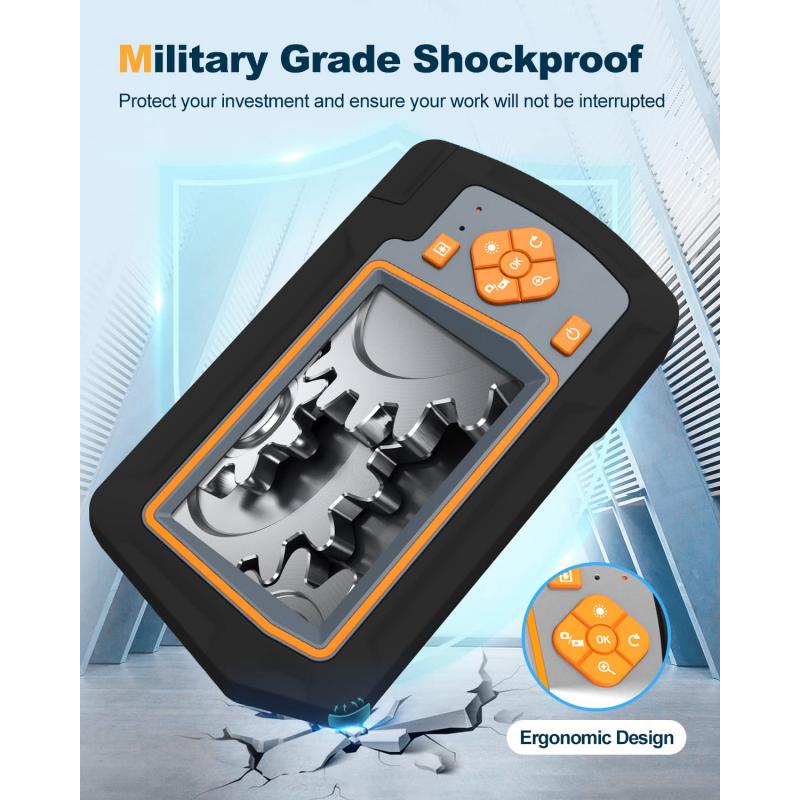


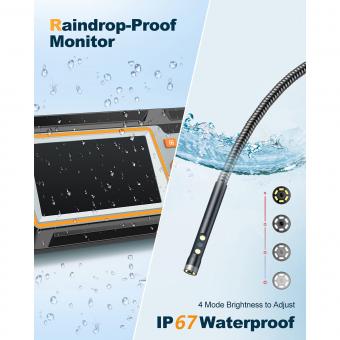




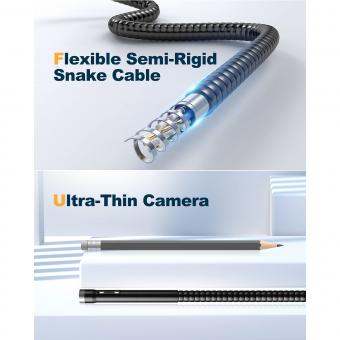



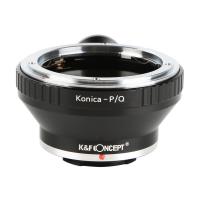

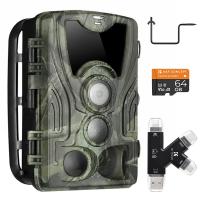






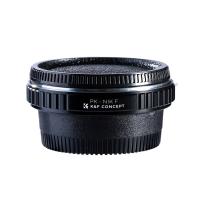
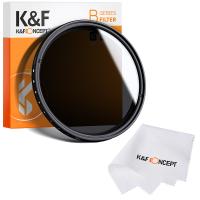
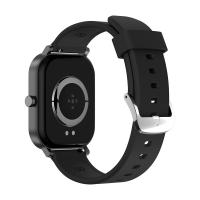
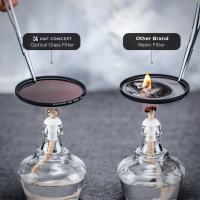
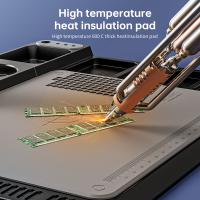
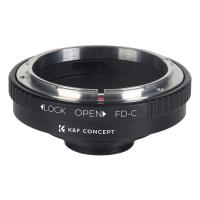

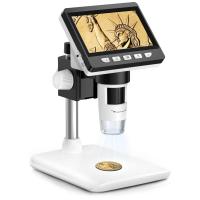
There are no comments for this blog.